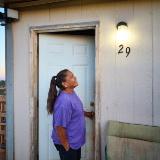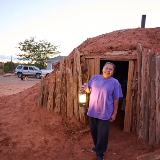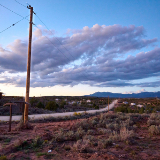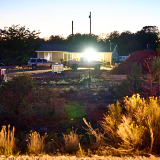Residents of Westwater, a Diné (Navajo) community just outside Blanding in southeastern Utah, are celebrating the electrification of their homes. An interlocal proposal promises to also bring them culinary water.
An appreciation event was held Friday, September 16, at the Utah State University Blanding campus with leaders from the state of Utah, the Navajo Nation, Blanding, the Navajo Tribal Utility Authority (NTUA), and San Juan County.
Elder Dieter F. Uchtdorf of the Quorum of the Twelve Apostles of The Church of Jesus Christ of Latter-day Saints was present to show the Church’s support of the project. The Church made a US$500,000 contribution to the NTUA for the two-phase project.
| Temple Square is always beautiful in the springtime. Gardeners work to prepare the ground for General Conference. 2012 Intellectual Reserve, Inc. All rights reserved. | 1 / 18 |
“It’s beautiful to see those new power lines,” Elder Uchtdorf said. “I was told that before [the community was electrified] everyone tried to clean up their properties to make it a real occasion for when the light was turned on. The light was brought in, and I think that’s what we need to do — we need to bring light to people.”
Elder Uchtdorf also applauded the multiagency efforts to fund the project through various state and Navajo Nation resources.
“We are only adding to those [contributions] from the community,” the Apostle said. “The Church is so grateful when we can pitch in and help, and it shows when we counsel together we are all on the same team. I think if we move closer together and lift where we stand, no situation in the world could keep us from being successful.”
Under a Memorandum of Understanding (MOU), water services will also be brought into the Diné community, with the project expected to be completed in the spring of 2023. The project also procures a new deepwater well for Blanding City.
Lena Hutchinson-Lovell is one of about 100 residents who live in the Westwater community, where 19 of 29 lots have been electrified since September 1. Previously, Hutchinson-Lovell’s family relied on a generator for their energy needs. Other homes also relied on alternative power sources such as domestic wind turbines and solar panels.
“We never had electricity. We used flashlights and kerosene lanterns. The generator was costing us $20 per day to fill up the gas to last for six hours,” Hutchinson-Lovell said. “Now that I can turn on the porch light, it keeps my kids safe at night when they come home late. It feels good.”
“It’s a small group and about 100 people affected — but are we our brother’s keeper? I think we are,” Elder Uchtdorf said. “It doesn’t matter whether it’s one or two or a thousand or 29 homes. When we are here, we see the need, and that’s what we need to do.”
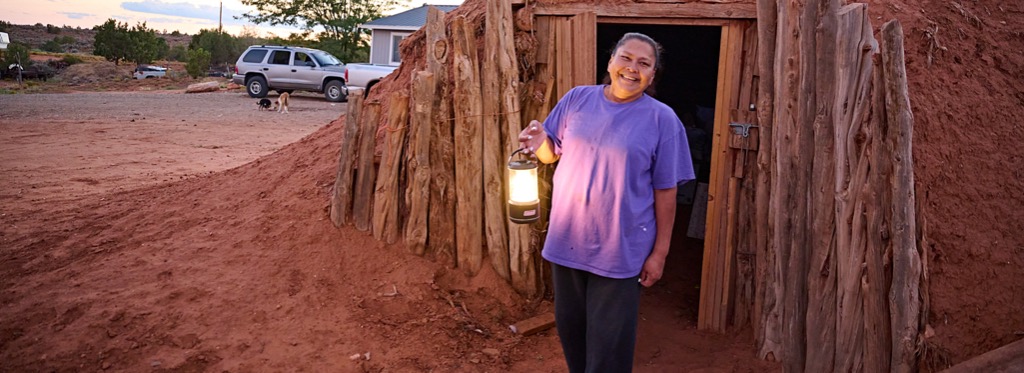
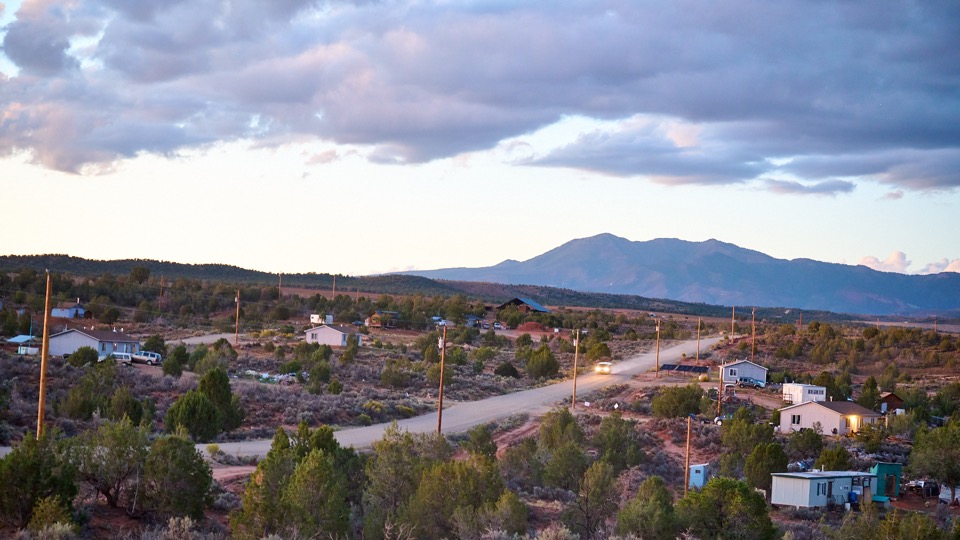


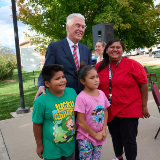
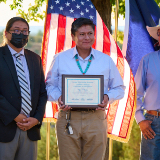
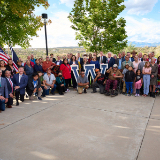
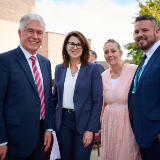
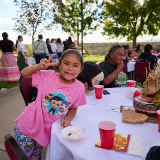
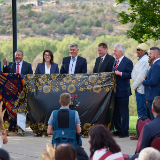
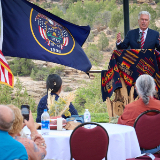
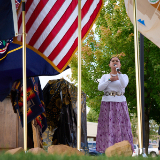

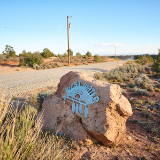
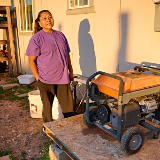
.jpg)
